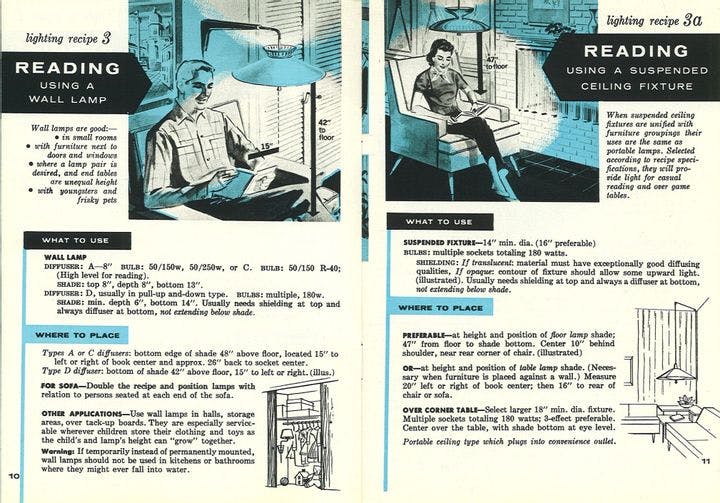Fall 2009
The Middle-Class Ghetto
– A. J. Loftin
If history repeats itself, the serious, intelligent books reviewed weekly by The New York Times will not be read by students of literature fifty years from now.
Every Sunday, The New York Times reviews serious, intelligent books no student of literature will read 50 years from now. Or so Gordon Hutner believes—and historically, he’s got a point.
Hutner, an English professor at the University of Illinois, Urbana-Champaign, and the founding editor of the journal American Literary History, spent quite a few years reading the books we don’t read in English class. Not the potboilers and thrillers, but the New York Times bestsellers and prizewinners, the books that were respectfully reviewed and passed around among an educated, enlightened readership in the first half of the 20th century, then largely forgotten. His theory is that these books didn’t make it into the canon because influential literary critics and academics, especially those who came a generation or so after, passed over books that described the realities of their own middle-class lives. Instead they championed difficult books, books that were critical of the middle class, or books subversive of middle-class values.
As a result, those who wrote in “the majoritarian tradition” of regionalism, historical fiction, family sagas, and novels of middle-class manners are rarely studied these days. Hutner names Josephine Lawrence, John P. Marquand, Michael Foster, Ruth Suckow, George Weller, and Waters E. Turpin as once well-known writers whose reputations did not endure. Well, it’s true that I’ve never read Marquand, who won a Pulitzer Prize for The Late George Apley (1937), but I recognize the name. Waters Turpin—now there’s a name I’ve heard, but OK, it’s true, I haven’t read O Canaan! (1939), a novel about the black migration northward, praised for its “social and historical sweep” by The New York Times.
Hutner concedes that feminist scholars have recovered some of the important women who wrote in the first half of the 20th century, namely Willa Cather, Ellen Glasgow, Fannie Hurst, and Zora Neale Hurston. But where, he asks, is Helen Hull’s Hardy Perennial (1933), “the story of a wife who helps her husband through the loss of his business position”?
If Hutner’s analysis holds true for the future, Philip Roth may yet get his comeuppance, and by 2050 John Updike will be out on the street.
Hutner is not saying that the unsung books are better, exactly, although he says some of them, unsurprisingly, are very, very good. But he wants English majors to read more widely, with an eye toward America’s cultural history. “Like the middle class itself, the America that these novels amply witness is not inert but insistently supple, always redefining its boundaries, redesigning its purposes, rearticulating its bewilderments, reaffirming its triumphs, and reenacting its worries.”
What America Read supplies a chapter for each decade, and (perhaps because I was born then) I found Hutner’s discussion of the 1950s most interesting. That was the moment, he says, when book reviewers began losing their ability to shape American cultural life. Critics openly “despised and mocked the ambitions and experience of a large portion of the book-buying public—the middle class—and scholars, as a group, turned away from the interest of middle-class social experience in fiction and settled their attention on formal achievements,” heralding the postmodern patter of John Barth, Donald Barthelme, and Thomas Pynchon. Already the novel was said to be dead or in decline. Two of that decade’s popular books, Allen Drury’s Pulitzer winner Advise and Consent (1959) and Sloan Wilson’s The Man in the Gray Flannel Suit (1955), survived only as movies. Frederick Buechner’s The Return of Ansel Gibbs (1958), one of many Washington novels of manners published in the 1950s, is rarely read anymore.
Hutner says he rejected at the outset the idea of writing a critical monograph about some of the books he rediscovered, in favor of a historical survey. And that’s the main problem with his book, at least for the middle-class reader. Since we haven’t read the books Hutner talks about, and since he doesn’t describe them in any detail, all we really get is a recitation of unfamiliar titles and authors, along with excerpts from the reviews published in The New York Times, The Nation, The Atlantic Monthly, or Partisan Review. It’s like having a child tell you the plot of a movie you haven’t seen.
In short, this is a very long book once we take Hutner’s point. What America Read is a legitimate corrective to the English department syllabus, but we don’t need a 450-page lecture. We probably just need to read some of these books and judge for ourselves.
* * *
A. J. Loftin is the editor of Fine Books and Collections magazine. She lives in Chapel Hill, North Carolina.
Reviewed: "What America Read: Taste, Class, and the Novel, 1920-1960" by Gordon Hunter, University of North Carolina Press, 2009.
Photo courtesy of Seattle Municipal Archives
